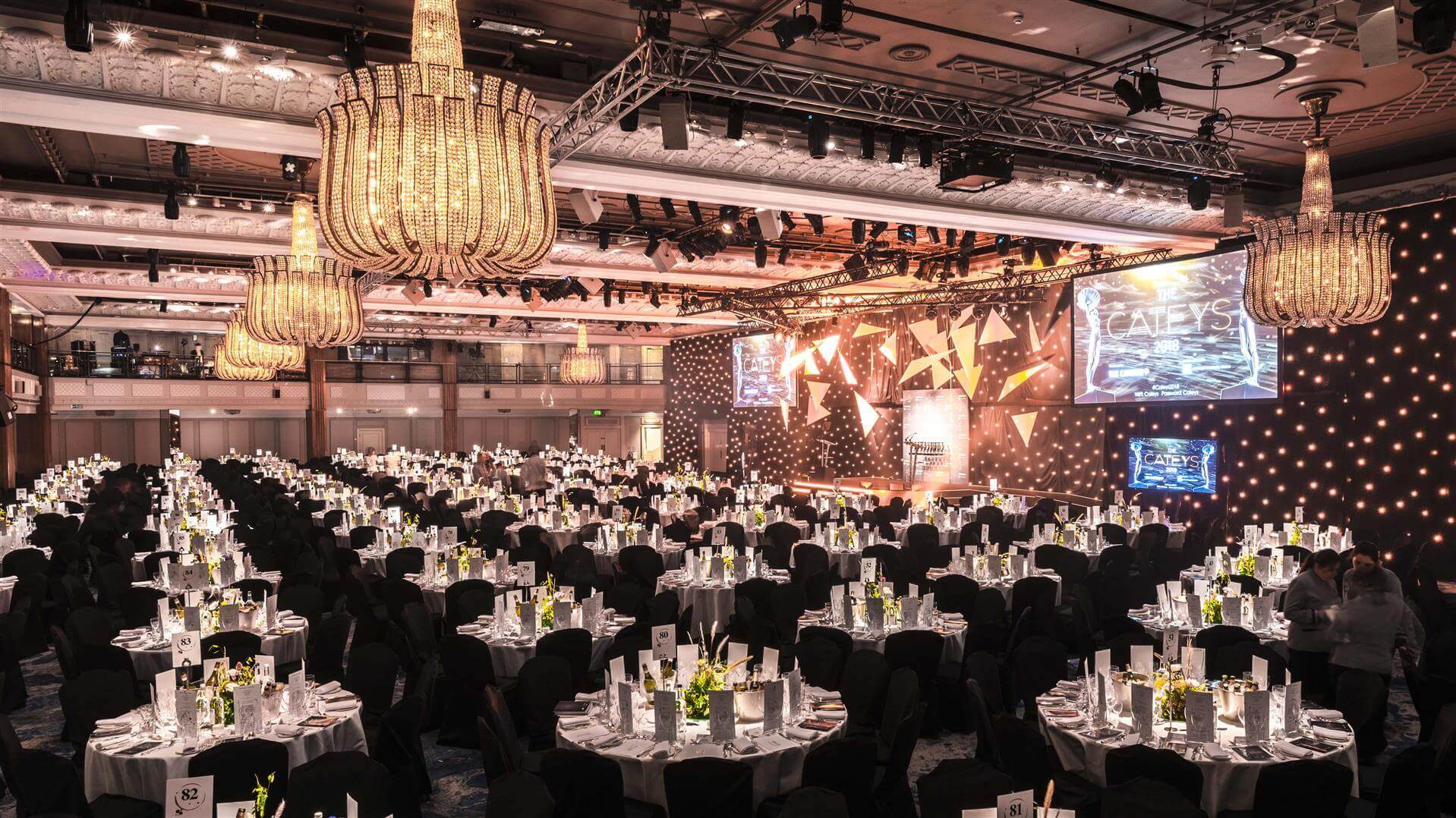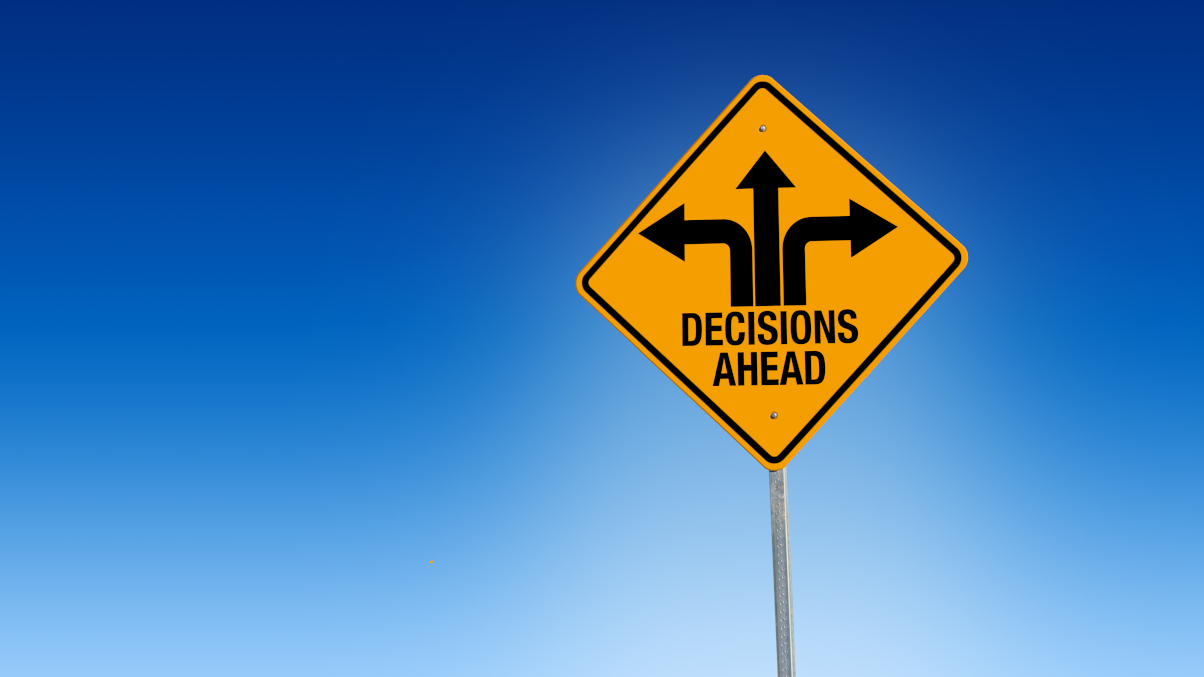![]()
Fewer than 10% of US travellers have a particular brand in mind to book with prior to researching. That’s the reality of travel and it means hotel brands have a great opportunity to influence the decisions of consumers.
NB: This is an article from SiteMinder
Using Facebook is the perfect way to do this. People spend 5x more time on Facebook than on travel-related apps, sites and searches. More than 50% percent of respondents to a survey found trip ideas while browsing on Facebook, and close to 40% found ideas via their Instagram feeds. When it came to millennials, those figures increased to 68% and 60% respectively. So the sales are there to be won – but it’s not without challenges.
The motivations for logging on to Facebook are more commonly associated with social networks than making purchases and the need to identify individual segments and personalise offers across many touchpoints does make Facebook marketing a complicated process.
That’s why a full-funnel approach needs to be taken to nurture different audiences, at different stages, through to a point where they will actually make a booking with your hotel.
There are a few ways to define the funnel, but a good example is to look at it in these four parts:
- Developing brand awareness
- Driving consideration
- Delivering conversions
- Building brand loyalty
There are numerous tools and strategies you can use to optimise each stage of the funnel.
Here are three Facebook marketing tools for your hotel:
Tool #1: Dynamic Ads for Travel
Dynamic Ads for Travel (DAT) allows advertisers to engage with users lower in the funnel who have already visited your website but are ye to convert. Travellers are tracked through their browser so they can be shown an offer for your brand when they’re browsing different sites.
This kind of retargeting can often prove quite useful in securing bookings from travellers who are still undecided.
Tool #2: Dynamic Ads for Travel for Broad Audiences
Facebook also has the ability to take DAT a step further. Dynamic Ads for Travel for Broad Audiences is a feature created specifically for hotel advertisers that allows you to reach people with travel intent – even if they’re yet to visit your website or app.
You’ll need a Facebook pixel implemented on your website, and use dynamic ads for travel events to report which properties from your catalog are being searched, viewed, and purchased.
Tool #3: Trip Consideration
Released by Facebook in 2018, Trip Consideration can be used to prioritise the delivery of your content to people who plan to travel.
These audiences may have a general intent to travel, but have no specific destination in mind yet. As opposed to DAT for Broad Audiences, these ads aren’t dynamic and instead use a static creative that you select, rather than drawing from a catalog.
Facebook’s DAT for Broad Audiences and Trip Consideration products essentially offer a fast track to your hotel guests at the top end of the funnel who will eventually make a travel purchase, allowing hotels to budget better and increase campaign performance.
5 steps to nail the Facebook conversion funnel:
#Step 1: Define your hotel’s audience
No marketing works without knowing who you’re marketing to. No matter which methods you’re using, you need to utilise data and identify specific audiences to target.
Then you can adapt the content and the message you send to each group. There are so many metrics you can track to make these decisions. For example, you might want to target travellers who are notorious high-spenders. This would require measurement of length of stay, revenue per room per client, and your booking lead time among other metrics.
How you define your audience is up to you, but it must be done.
#Step 2: Use the right content
You might have discovered the perfect target market for your hotel, but if you send the wrong content, they may not engage and your booking conversions will drop.
A trend you need to become a part of sooner than later is video. Facebook gets over 8 billion average video views per day – with up to a third of online activity spent watching videos.
When creating video content focus on the experiential and emotional elements of your destination. Also make sure it’s as visual as possible as 85% of Facebook videos are viewed without sound.
#Step 3: Target ‘lookalike’ audiences
Lookalike audiences are people who have a very similar profile to people who are already customers or engaged with your brand – so your existing guests are a great example.
Facebook can do this for you and it can be a tremendous way to increase engagement and find new business for your hotel by reaching out to like-minded potential guests.
#Step 4: Use Facebook’s retargeting tools
As mentioned above, there are retargeting tools available on Facebook and statistics back up their value; it’s now believed that three in four consumers notice retargeted ads.
By retargeting, your hotel brand is staying present in the guest’s mind, increasing the chances they’ll think of you when they get more serious about making final decisions.
#Step 5: Give warm leads your best content
Many people will already have been exposed to your hotel brand. Maybe they’re already followers on Facebook or have seen ads or offers elsewhere. It’s these people you can sell slightly harder to and get more than just brand awareness out of it. Create unique promotional offers to encourage direct bookings, giving customers great value and increasing your bottom line in the process.
You might even create a different kind of ad that clearly showcases your property and its features. After all, if people in this list are already engaged or opted in, they’ll want to know more about you and your hotel.




